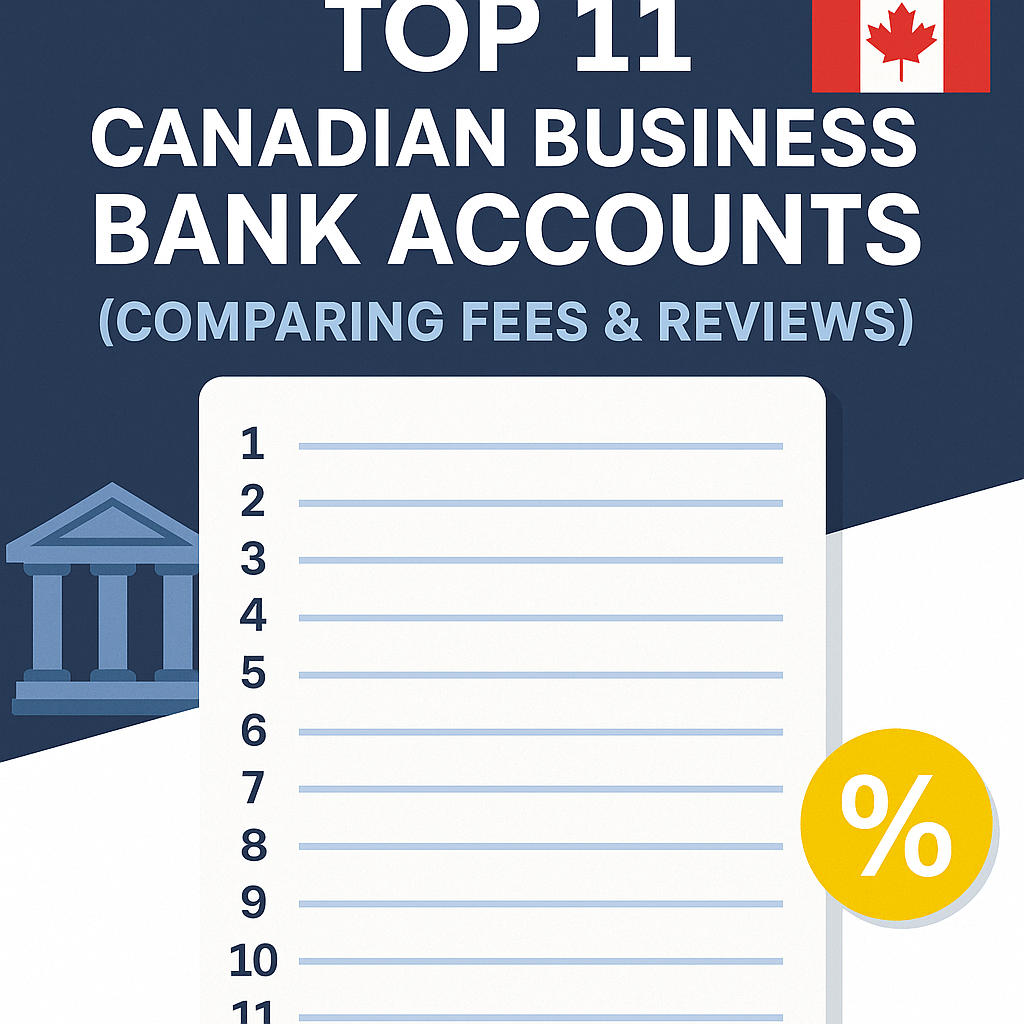GOOGLE ADS MANAGEMENT
ALL SERVICES- GRAPHIC DESIGN & BRANDING
➥ WEBSITE DESIGN TORONTO
➥ TORONTO LOGO DESIGN
➥ BROCHURE GRAPHIC DESIGN
➥ INFOGRAPHIC DESIGN
➥ BUSINESS CARD DESIGN
➥ PACKAGE DESIGN TORONTO
➥ ILLUSTRATION DESIGN
➥ ADVERTISING POSTER DESIGN
➥ BRANDING STRATEGY & SERVICES- ➤ VIEW ALL SERVICES
WEB DEVELOPMENT & SUPPORT
➥ CUSTOM WEB DESIGN TORONTO
➥ ECOMMERCE WEBSITE DESIGN TORONTO
➥ WEBSITE MAINTENANCE SERVICES
➥ SHOPIFY WEBSITE DESIGN
➥ SHOPIFY EXPERTS TORONTO
➥ WORDPRESS DEVELOPMENT
➥ WORDPRESS MAINTENANCE- ➤ VIEW ALL SERVICES
WEBSITE MARKETING & CONTENT
➥ SEO PACKAGES TORONTO
➥ TORONTO SOCIAL MEDIA AGENCY
➥ CONTENT MARKETING TORONTO
➥ PPC MANAGEMENT TORONTO
➥ AFFILIATE MARKETING CANADA
➥ STRATEGIC CONSULTATION- ➤ VIEW ALL SERVICES
ABOUT
RESOURCES- LET’S CHAT
Questions? Call us at
647-348-4995

GOOGLE ADS MANAGEMENT
ALL SERVICES- GRAPHIC DESIGN & BRANDING
➥ WEBSITE DESIGN TORONTO
➥ TORONTO LOGO DESIGN
➥ BROCHURE GRAPHIC DESIGN
➥ INFOGRAPHIC DESIGN
➥ BUSINESS CARD DESIGN
➥ PACKAGE DESIGN TORONTO
➥ ILLUSTRATION DESIGN
➥ ADVERTISING POSTER DESIGN
➥ BRANDING STRATEGY & SERVICES- ➤ VIEW ALL SERVICES
WEB DEVELOPMENT & SUPPORT
➥ CUSTOM WEB DESIGN TORONTO
➥ ECOMMERCE WEBSITE DESIGN TORONTO
➥ WEBSITE MAINTENANCE SERVICES
➥ SHOPIFY WEBSITE DESIGN
➥ SHOPIFY EXPERTS TORONTO
➥ WORDPRESS DEVELOPMENT
➥ WORDPRESS MAINTENANCE- ➤ VIEW ALL SERVICES
WEBSITE MARKETING & CONTENT
➥ SEO PACKAGES TORONTO
➥ TORONTO SOCIAL MEDIA AGENCY
➥ CONTENT MARKETING TORONTO
➥ PPC MANAGEMENT TORONTO
➥ AFFILIATE MARKETING CANADA
➥ STRATEGIC CONSULTATION- ➤ VIEW ALL SERVICES
ABOUT
RESOURCES- LET’S CHAT
Questions? Call us at
647-348-4995

GOOGLE ADS MANAGEMENT
ALL SERVICES- GRAPHIC DESIGN & BRANDING
➥ WEBSITE DESIGN TORONTO
➥ TORONTO LOGO DESIGN
➥ BROCHURE GRAPHIC DESIGN
➥ INFOGRAPHIC DESIGN
➥ BUSINESS CARD DESIGN
➥ PACKAGE DESIGN TORONTO
➥ ILLUSTRATION DESIGN
➥ ADVERTISING POSTER DESIGN
➥ BRANDING STRATEGY & SERVICES- ➤ VIEW ALL SERVICES
WEB DEVELOPMENT & SUPPORT
➥ CUSTOM WEB DESIGN TORONTO
➥ ECOMMERCE WEBSITE DESIGN TORONTO
➥ WEBSITE MAINTENANCE SERVICES
➥ SHOPIFY WEBSITE DESIGN
➥ SHOPIFY EXPERTS TORONTO
➥ WORDPRESS DEVELOPMENT
➥ WORDPRESS MAINTENANCE- ➤ VIEW ALL SERVICES
WEBSITE MARKETING & CONTENT
➥ SEO PACKAGES TORONTO
➥ TORONTO SOCIAL MEDIA AGENCY
➥ CONTENT MARKETING TORONTO
➥ PPC MANAGEMENT TORONTO
➥ AFFILIATE MARKETING CANADA
➥ STRATEGIC CONSULTATION- ➤ VIEW ALL SERVICES
ABOUT
RESOURCES- LET’S CHAT
Questions? Call us at
647-348-4995

GOOGLE ADS MANAGEMENT
ALL SERVICES- GRAPHIC DESIGN & BRANDING
➥ WEBSITE DESIGN TORONTO
➥ TORONTO LOGO DESIGN
➥ BROCHURE GRAPHIC DESIGN
➥ INFOGRAPHIC DESIGN
➥ BUSINESS CARD DESIGN
➥ PACKAGE DESIGN TORONTO
➥ ILLUSTRATION DESIGN
➥ ADVERTISING POSTER DESIGN
➥ BRANDING STRATEGY & SERVICES- ➤ VIEW ALL SERVICES
WEB DEVELOPMENT & SUPPORT
➥ CUSTOM WEB DESIGN TORONTO
➥ ECOMMERCE WEBSITE DESIGN TORONTO
➥ WEBSITE MAINTENANCE SERVICES
➥ SHOPIFY WEBSITE DESIGN
➥ SHOPIFY EXPERTS TORONTO
➥ WORDPRESS DEVELOPMENT
➥ WORDPRESS MAINTENANCE- ➤ VIEW ALL SERVICES
WEBSITE MARKETING & CONTENT
➥ SEO PACKAGES TORONTO
➥ TORONTO SOCIAL MEDIA AGENCY
➥ CONTENT MARKETING TORONTO
➥ PPC MANAGEMENT TORONTO
➥ AFFILIATE MARKETING CANADA
➥ STRATEGIC CONSULTATION- ➤ VIEW ALL SERVICES
ABOUT
RESOURCES- LET’S CHAT
Questions? Call us at
647-348-4995
![]()
![]()
![]()

- July 6, 2020
-
 Sarah Bauder
Sarah Bauder
Suffice it to say, the financial industry is an exceedingly crowded, competitive market. Therefore, it is paramount for companies operating in this sector to think about imperative components like financial website design and marketing in order to flourish. In addition to exceptional website design, there are other crucial elements for financial advisors and other financial professionals to engage their target audience, and build brand credibility which ultimately will attract more clients. In this article, financial industry marketing experts discuss 16 things a great financial advisor’s website should have.
Must be SEO-Friendly, Reviews, and Testimonials, Educate Your Visitors, Links To Social Media
1) Must be SEO-Friendly
– Think about where your potential new clients are going to find a good financial advisor. They are going to Google! If your site is not SEO-friendly in 2024 you might as well not even have a site at all!
– Things can get complicated here but there are a few free plugins that can help like Yoast SEO on WordPress.
2) Reviews and Testimonials
– People are more skeptical than they ever have been about anyone they find online.
– You NEED to have good reviews and have a lot of them.
– Think about how you would shop. If there is a financial advisor with 350 5-star reviews and one with 6 5-star reviews, who do you think is going to get the client?
– You should include a section on your site that displays the reviews you have gotten on Yelp, Google, and Facebook
– You should also have a system in place to reply to ALL reviews. This includes the good ones and the bad ones!
3) Something to educate your visitors
– Include a free report/informational blogs/free analysis that will educate your website visitors during their research phase!
– They are browsing your site to find out if you can be the one to help solve the problem they are having. Do this well and you will not only gain their trust, but also gain their business!
4) Links to your social channels
– Picking a financial advisor is a big decision that most people do take likely and you can expect potential new clients to research you.
– Make their research phase easy by providing the proof of being a legit business and not some fly-by-night advisor that will run away with their money.
– Having a strong social presence and then showcasing this on your website will go far when it comes to building trust with your new potential clients!”
Zach Koerber, Founder, Advent Marketing Agency
Precise Structure Of Content, Double Down On The Tech, And Chatbots
“Financial advisors’ websites are often the most underused asset in their armory. As a typical sales focused industry, the emphasis has long been on results that sales teams bring, not what the marketing team and the website bring.
If you look at a high number of financial services websites, they rely on a pretty decent hero image on the homepage and then trail off with weak content below the fold. As a rule of thumb, I advise all those responsible for writing the content to follow this set of rules:
Structure your content into sections:
1) This is our service.
2) This is how we approach it.
3) This is who we work with.
4) These are the problems we solve.
5) This is what you should expect from our business (why they should work with you).
If you structure your content for each page in this precise manner, it will make sure that your customer understands what you offer, how you approach that, how you solve problems and what they should expect from you, this will naturally lead interested parties into the call to action which is to book a call or consultation.
From a more technical perspective, website managers at financial advisor firms should double down on the tech. With CMS (content management systems) like HubSpot’s CMS enabling smart content, personalization is the way forward. Your brand should not be serving new visitors to the website the same visual content as to your current customers. Even more so, if you have been trying to attract the whale prospect then use tools that will recognize their IP and welcome them as if you knew that they were coming.
In addition to this, Chatbots are a must. Not only do they enable your sales teams to communicate extremely well with prospects in the buying mood, but you can also use them to qualify prospects in or out of your sales funnels.
2020 potentially pulled the digital customer journey forward 3 years due to COVID and financial services businesses must transform with this. But let’s not forget, Google has an upcoming algorithm update that focuses on the on-page experience. If 2024 hasn’t seen your business feel the pinch in profits, then good for you, but the status quo is yesterday’s news. The real question is, how far are you prepared to go to put the customer front and center? How far will you go to optimize, engage, and convert your website traffic into profitable revenue streams?
Whatever else you do, focus on utilizing your website as a sales tool, but DO NOT just build it and accept that is the best version of your site. GDD (Growth-Driven Design) as its abbreviation is noted, focuses the business on building out a website from a core launchpad website and using data to grow subsequent pages. By absolutely using your visitors’ behavior to grow and scale your website you enable your marketing and sales teams to scale qualified leads and close more business. Therefore even at the board level, the question should be why not? Add that SEO is going to take around 60% of the annual marketing budget for most bigger brands.”
Paul Sullivan, Founder and CEO, We Are BIAS
Consistent Branding, Services Offered, Blog, Call-To-Action, Contact Details, Swift Page Speed, Mobile-Friendly and Cross-Browser Compatibility
“A stellar site is important for the growth of a financial advisor’s business. It represents your brand digitally. When people visit your finance website, the appearance creates an impression about who you are and what you do. This is why your website needs to provide a meaningful and valuable user experience. Not only should your site be easily navigable, but the information you’re providing must also be useful with original content that fulfills a need. This is what makes you credible and furthermore makes users trust and believe what you tell them. Some of the must-have features of a stellar financial advisor website are as follows:
1) Homepage (First Impression)
2) Profile of Your Team (Practice)
3) Services Offered
4) Regular Blogpost
5) Readability
6) Mobile Friendliness & Cross-Browser Compatibility
7) Page Speed
8) Call-to-Action
9) Contact Details
10) Consistent Branding
11) Reviews
There’s a lot more to the list above, some items span categories, but in-general; blog posts, readability, mobile-friendliness, and page speed help attract prospects. Branding, readability, typography, images, and video engage them, and implementing lead gen best practices helps convert visitors into leads. If you can hit even one or two items in each category, you’ll be in better shape than the vast majority of your competitors.”
Timothy E. Hansen, Founder/CEO, Wealth Growth Wisdom, LLC
Design The Site To Build Trust, Use A “Meet The Team” Page
“In my experience, when it comes to financial planning few visitors to a website will be ready to hire the firm immediately, unless in exceptional circumstances. First-time visitors to your site are likely trying to get a feel for who you are as a business or individual advisor. The nature of financial planning services necessitates a more careful decision-making process and you need to recognize and facilitate this.
Design the site to highlight who you are and what sets your business apart from the rest, and most importantly build trust. If your firm is just you, sell yourself, put your picture on the homepage, and let people know who are and why you’re the person for the job. If your firm is larger, use a “meet the team” page to highlight the people who make your business. Include bio’s, their stories, qualifications, and friendly but professional headshots to establish that visual connection.
If you have them, positive testimonials from previous clients are probably the most powerful tool to build trust. Highlight these on your site. Any firm can promise to deliver a great service, you’re a step ahead if you can prove you can with happy clients to back you up.”
Ethan Taub, CEO, Loanry
Now more than ever, it is essential for financial advisors to have an excellent online presence with a superb website to reach their target audience. Moreover, things like website maintenance and SEO services are likewise key elements that help companies in the financial industry build brand awareness and credibility, attract clients, and drive sales and growth. These are all key factors that will contribute to the maximum growth and success of your financial services business.

Sarah Bauder is a senior content specialist at Little Dragon Media. Sarah has a degree in journalism and has a decade of experience writing content at numerous renowned publications. She enjoys writing about digital marketing, business, entrepreneurship and more.
RECENT POSTS

Ready to chat about how Little Dragon Media can enhance your business?
Call us now at 647-348-4995 or

OUR AWARDS & CERTIFICATIONS






WHAT OUR CLIENTS ARE SAYING



Little Dragon Media's professionalism and commitment to delivering excellence are truly commendable. I highly recommend their services... Thank you for your stellar work!
- Delna Bharucha

Little Dragon Media worked on developing our logo and website. They did an absolutely AMAZING job on both projects. These guys ROCK and you won't be disappointed.
- Sonia Nutt

My team had a great experience working with Little Dragon Media. We will certainly engage with Little Dragon Media for any additional projects in the future. Highly recommend!
- Carly Rooney



- 682A St-Clair West Toronto, ON M6C 1B1
- (647)-348-4995
- info@littledragon.ca
MOST POPULAR SERVICES
RECENT POSTS
GET MORE CLIENTS
Don't let your competitors take over. We'll help you climb to the top and get more clients.



- 682A St-Clair West Toronto, ON M6C1B1
- (647)-348-4995
- info@littledragon.ca
MOST POPULAR SERVICES
RECENT POSTS
GET MORE CLIENTS
Don't let your competitors take over. We'll help you climb to the top and get more clients.

Contact | Press Mentions | Privacy Policy | Terms of Service
© 2024 Little Dragon Media. All Rights Reserved.






